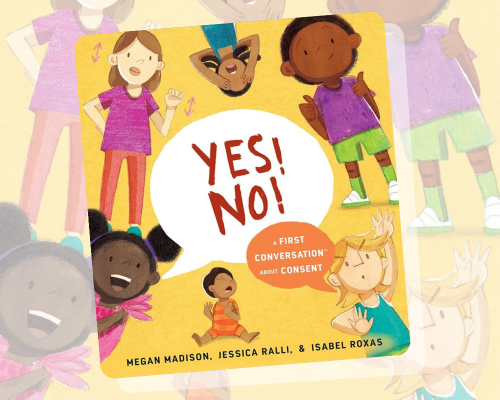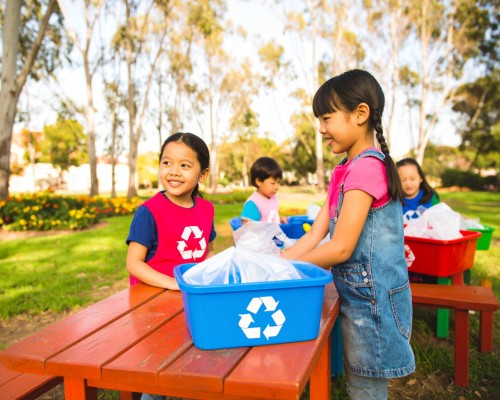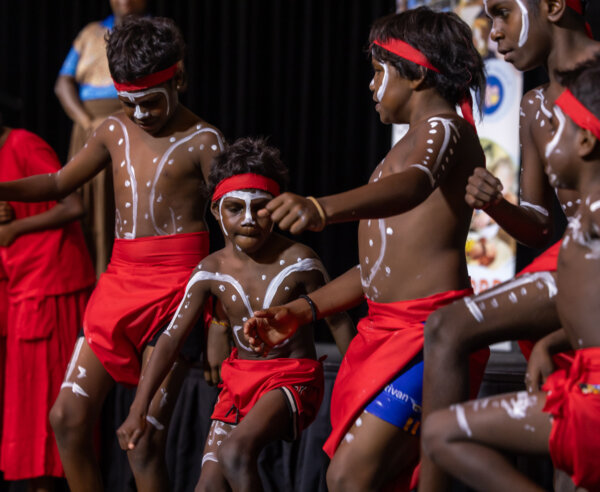In early learning, “leisure” might sound like just downtime – but it’s actually a powerful part of a child’s day.
Whether it’s running around outside or curling up with a book, leisure helps children grow in all sorts of important ways.
The approved learning framework, My Time, Our Place, reminds us just how important both active and passive leisure are – and how thoughtful planning by educators can make all the difference (ACECQA, 2024).
What’s the Difference?
Active leisure includes anything that gets the body or brain moving – think climbing, dancing, building or even complex puzzles. These types of activities help children develop physical skills, improve their health and build confidence through action and interaction.
Passive leisure, on the other hand, is all about rest and reflection. Activities like reading, drawing or listening to music help kids wind down, tap into their imagination and process the world around them.
Both are important… and a good balance supports each child’s overall wellbeing!
Planning for Leisure with Intent
Instead of leaving leisure time to chance, educators take a thoughtful approach to planning environments that encourage a healthy mix of activity and downtime. This means setting up spaces that invite children to make their own choices – whether they feel like getting active or just chilling out (ACECQA, 2024).
For example, a cosy reading corner with cushions and soft lighting might sit right next to a vibrant music area or an outdoor obstacle course. Children can move between them as they need, learning to listen to their bodies and manage their energy throughout the day.
Intentional planning like this encourages autonomy, supports self-regulation and gives children the freedom to enjoy leisure in a way that works best for them.
Tips for Supporting Balanced Leisure
Here are a few simple ways educators can encourage both active and passive leisure their settings:
| Idea | Description |
|---|---|
| Create flexible spaces | Set up areas where children can either get moving or wind down. |
| Offer a range of materials | Include everything from books and blocks to balls and musical instruments. Use different materials within different leisure times to see how they are used. |
| Follow the child’s lead | Know what resources and learning might be considered more active for some and passive for others. Look for cues when you might need to change it up. |
| Promote choice | Let children decide how and when they want to engage. This builds independence and confidence. |
These ideas align beautifully with the My Time, Our Place framework, which recognises leisure as a key part of learning and overall wellbeing (ACECQA, 2024).
At the end of the day, whether they’re exploring the playground or quietly colouring, children are learning all the time.
By supporting both active and passive leisure through thoughtful, intentional planning, educators help create environments that respect children’s rights, build important life skills, and support every child to thrive in their own way.



